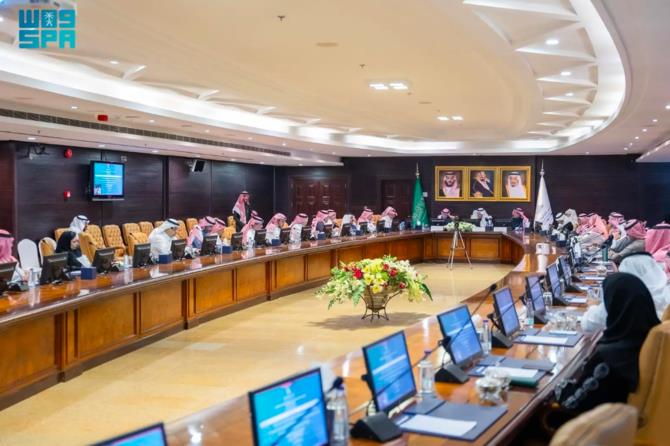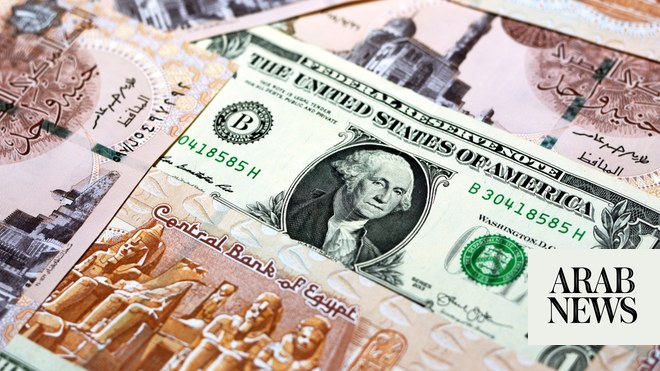
Foreign Investment in Tunisia increased 15.7 percent during the first quarter of the current year for about $280 million, announced the country’s Foreign Investment Promotion Agency (FIPA-Tunisia).
Director of FIPA Abdelbasset Ghanmi said that foreign direct investment (FDI) increased by 16.3 percent during the same period, with direct investments amounting to over $280 million, compared to about $250 million during the same period last year.
These investments included various economic activities, with portfolio investments, meaning investing in the stock exchange, recording a significant decline, with 37.3 percent.
The decline was attributed to the impact of the Tunisian dinar exchange rate against the euro and the US dollar, noted Ghanmi.
He explained that when a foreign investor exchanges his money into euros or dollars, the proceeds are not very high which discourages them from investing in the financial portfolio.
A series of economic activities in the industrial sector such as textiles, leather, footwear, and mechanical, electrical, and chemical industries are among the pillars of the Tunisian economy in FDI.
By the end of the current year, Tunisia aims to attract about $1 million compared to the $950 thousand brought into the country over the past year.
In 2017, Tunisia adopted a new investment law encouraging investment in the financial portfolio through the elimination of prior licenses and several other measures that enabled foreign investors to turn to Tunisia.
In other news, the World Bank warned in a report of the risks and challenges threatening the Tunisian economy and families in 2019. It predicted that economic growth in 2019 will increase 3 percent and in 2020 will achieve about 4 percent on the medium term.
The Bank reviewed a set of economic forecasts and indicators relating to inflation, the value of the Tunisian dinar, poverty rate, and improvement of other economic and social indicators.
Growth is projected to pick up to an average of 3 percent in 2019-20 and to reach its potential of about 4 percent over the medium term, contingent on the completion of pressing reforms to improve the investment climate and ensure greater security and social stability, said the report.
Growth will be supported by expansions in agriculture, manufacturing, and tourism, and the coming online of the Nawara gas field as of mid-2019.
The 2019 fiscal and current account deficits are projected to decline to 3.6 and 10 percent of GDP, respectively, reflecting policy tightening, an uptick in growth, and the reduction in energy import costs as gas production increases at the local level.
Fiscal and current account deficits are projected to drop below 3 percent and 8 percent of GDP, respectively, by 2021 as the government sustains its reform agenda.
Public debt will peak in 2019 at over 80 percent of GDP before starting to decline and dipping below the emerging market benchmark of 70 percent by 2023.












